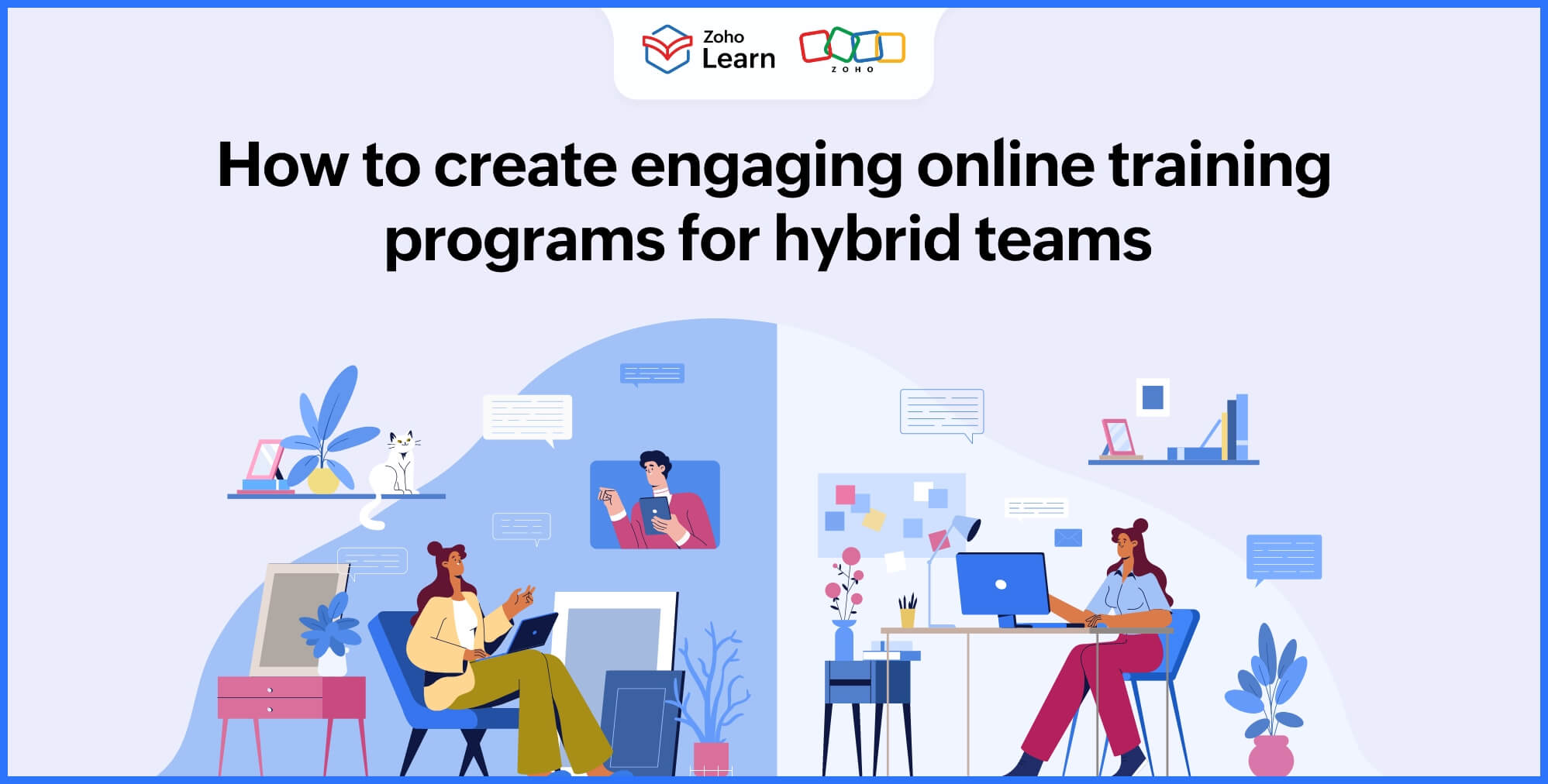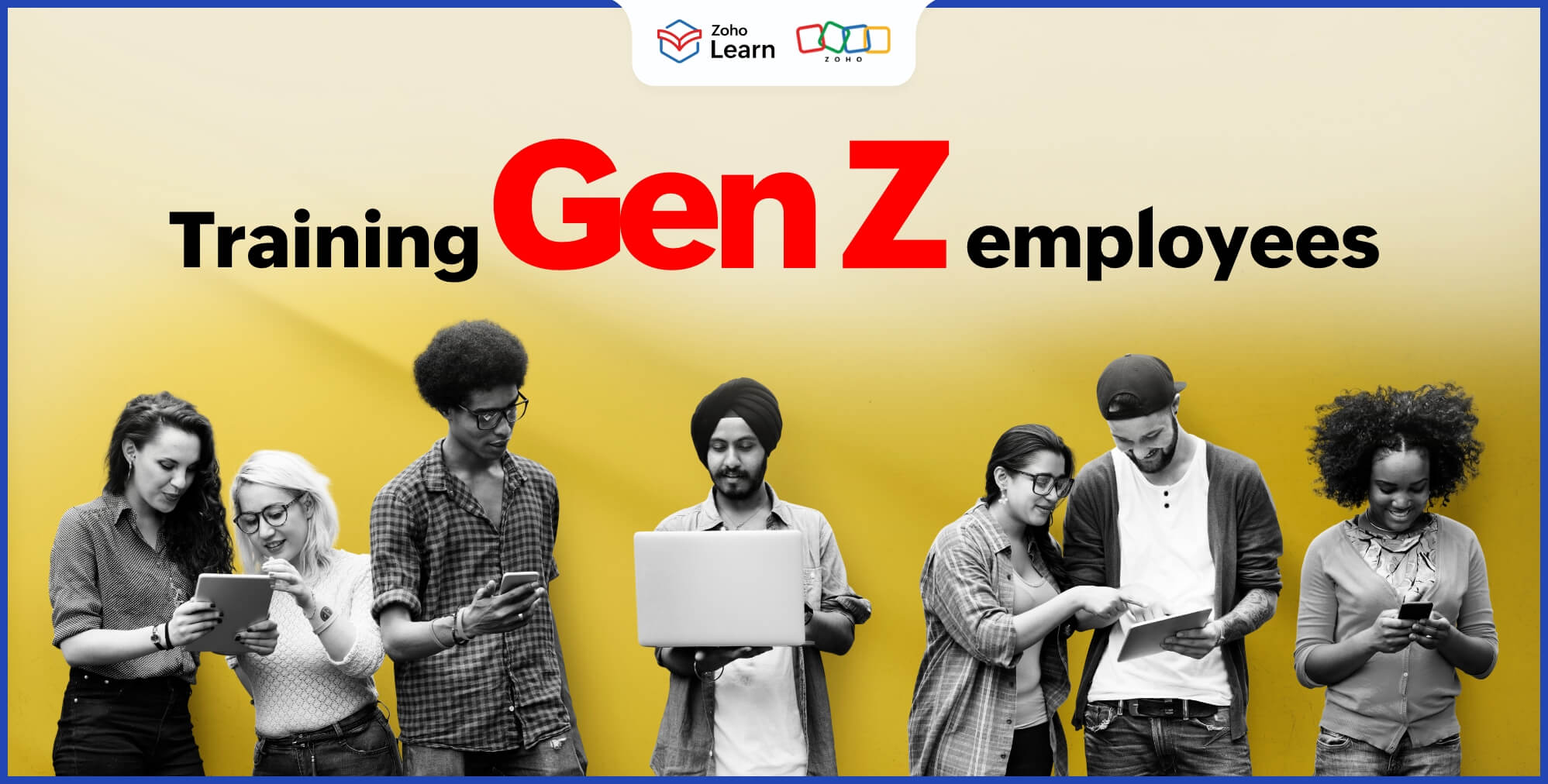What is organizational learning?
- Last Updated : April 8, 2025
- 1.5K Views
- 3 Min Read

In today's highly competitive global market, organizations need to be innovative and adaptable to changes in the industry. Working with the same processes and technologies that were put in place when the organization started can cause productivity issues and affect growth. To become an innovative organization, employees must challenge themselves, acquire new skills, and follow a continual learning process.
Organizational learning is a continuous process in which an organization improves by gaining knowledge and experience. It helps organizations adapt and learn from changes to increase overall productivity.
What is organizational learning theory?
Organizational learning theory says that learning happens when people interact with each other and find solutions to problems in the organization.
The key aspects of organizational learning are knowledge creation, retention, and transfer. Organizations should develop a strategy that facilitates these aspects and encourages a continuous learning culture at all levels. Employees should feel free to make mistakes, learn from them, and take up learning as an everyday activity.
What are the types of organizational learning?
Organizational learning can be broadly classified into the following types:
Micro-learning
Micro-learning focuses on a specific problem or task and usually takes less time. It can happen through reading knowledge base articles, manuals, internal documents, watching a "how-to" video, or asking a colleague a question. Micro-learning helps employees find solutions to the problems they face in their job.
Macro-learning
Macro-learning focuses on learning something new and may take several hours or days. It is achieved by signing up for courses, seminars, or undergoing training from an expert in the topic. Macro-learning helps employees develop new skills to support their overall development and growth.
What are the benefits of organizational learning?
Here are the benefits of organizational learning:
Boosts employee satisfaction
Increases employee retention
Improves overall productivity and generates revenue
Creates a continuous learning culture
Improves adaptability to change
Creates a mindset of learning from mistakes
Develops leaders at all levels
Encourages shared responsibility and accountability
What are the characteristics of a learning organization?
According to Peter Senge's research on the art and practice of learning organizations, here are five ways to identify learning organizations:
Systems thinking
An organizational learning environment is supported by a collective culture where each individual plays an important role in the framework. The systems thinking principle focuses on interrelationships and big picture patterns to sustain a successful learning organization.
Personal mastery
According to Senge, employees must develop a mindset of continuous learning and apply it in real-world situations. They must focus on developing long-term skills that support their individual development and the overall growth of the organization.
Mental models
Corporate learners must evaluate their current understanding and challenge existing beliefs that stand in the way of their progress. They must be encouraged to learn from their mistakes, test out new approaches and continuously improve to serve the "bigger picture" of the organization.
Building shared vision
The organization must consist of forward-thinking leaders that build a shared vision for the organization. Managers, supervisors, and trainers should be committed to the process and help employees work towards the common goal. They must encourage self-reflection and set an example for other members of the team.
Team learning
Collaborative learning plays a vital role in developing an organizational learning culture. Companies must build a knowledge-sharing infrastructure where employees can share knowledge with their peers and benefit from others in the group.
Incorporating a learning culture facilitates innovation and helps businesses adapt to new changes in the industry. A supportive learning environment with a concrete process helps build a learning organization that achieves overall business goals.


